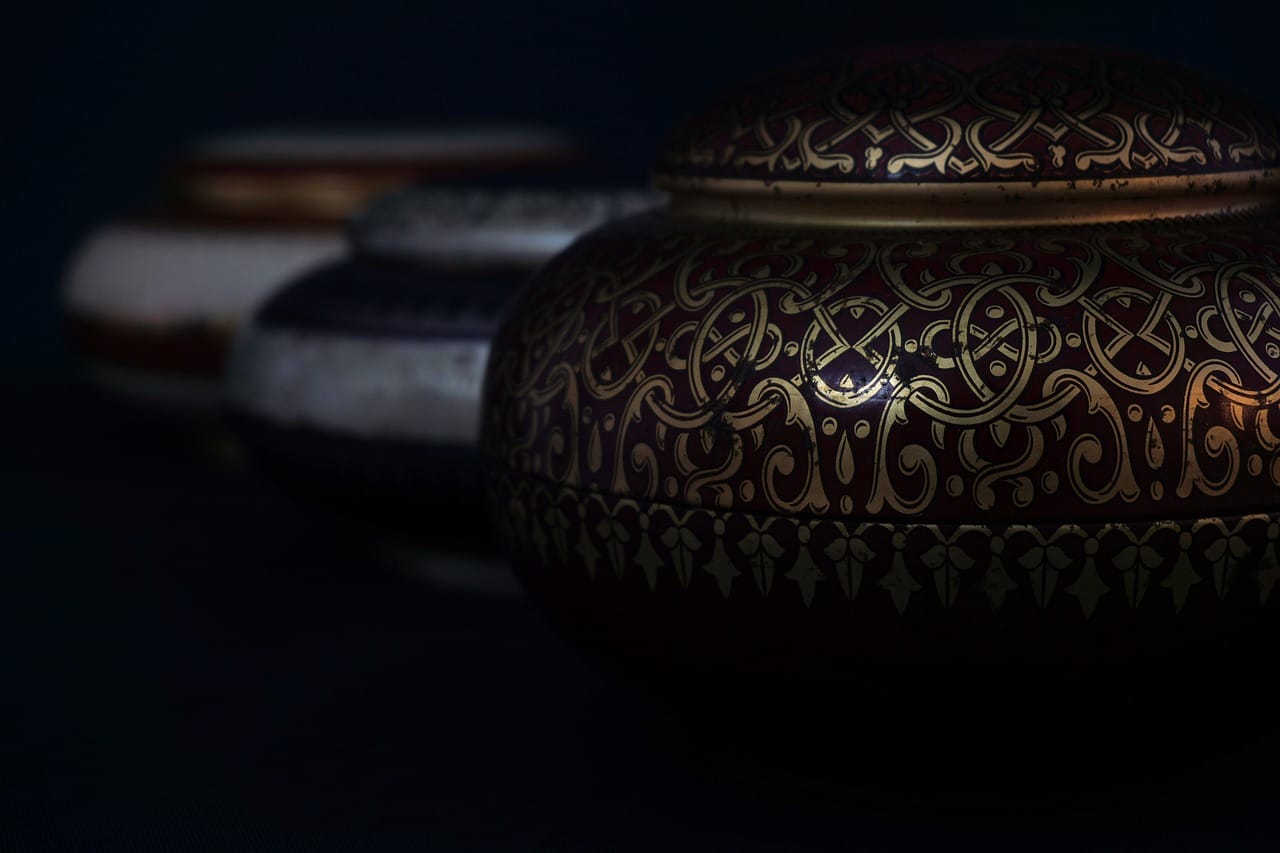What Does a Cremation Service Involve?
A cremation service is the ceremonial part of the cremation process. It is the moment when family and friends come together to honor and remember the life of the deceased. This ceremony often includes spoken tributes, readings, music, and silent reflection.
The typical length of a cremation service ranges from 30 to 45 minutes. This timing allows for entry and seating, opening remarks, a eulogy or multiple tributes, musical interludes, and a closing message. Attendees then exit quietly or remain for a final moment with the casket or urn.
The exact duration depends on the number of speakers, the structure of the ceremony, and the family’s cultural or religious customs. Some services may be shorter, around 20 minutes. Others may extend to an hour or more, especially if there are multiple family members, religious rituals, or multimedia presentations.
Where Is the Cremation Service Held?
Cremation services are often held in a crematorium chapel. These spaces are designed specifically for memorial services and typically accommodate small to medium-sized gatherings.
Some families choose funeral homes, churches, synagogues, mosques, temples, or private venues for the ceremony. Others may opt for outdoor spaces such as gardens, beaches, or parks.
The choice of venue can influence the service’s length. A crematorium chapel may have a set time limit, while a private venue allows more flexibility.
What Happens During the Ceremony?
Most cremation services include a structured sequence of events. A typical order of service includes:
· Arrival and seating of guests
· Opening words by a celebrant, clergy member, or family member
· Readings or scriptures
· Eulogies or tributes
· Recorded or live music
· Moments of silence or prayer
· Closing words
· Exit of attendees
Some families include photo slideshows, candle lighting rituals, or symbolic acts such as placing flowers on the casket or urn.
The content can be religious or secular, formal or casual. What matters most is that it reflects the life and values of the person being honored.
Is the Cremation Itself Part of the Ceremony?
No. The physical cremation does not happen during the service. The ceremonial portion is completely separate. After the guests leave, the crematory staff carefully prepares the body for cremation in a secure and private setting.
Some families choose to witness the beginning of the cremation. This is known as a witness cremation. It allows a small number of close relatives to view the body’s placement into the cremation chamber. This option must be requested in advance and is not available at all facilities.
Most families do not attend the physical cremation. The process takes place discreetly and respectfully, handled by trained operators.
How Long Does the Physical Cremation Take?
The cremation process usually lasts between 1 and 3 hours. The exact time depends on the body’s weight, composition, and the crematory equipment used.
After cremation, the remains need to cool and be processed. This step takes another 1 to 2 hours. The ashes are then placed in an urn or temporary container, ready for return to the family.
How Long Does the Actual Cremation Take?
The cremation itself — the process of reducing the body to bone fragments through intense heat — takes between 1 and 3 hours.
Several factors affect this duration, including:
· The body’s weight and composition
· The type of casket or container
· The crematory equipment
· Local air quality regulations and temperature controls
Once cremation is complete, the remains go through a cooling and processing period, which adds another 1 to 2 hours. During this stage, the remains are cooled, ground into a fine, ash-like texture, and placed into a container or urn.
When Are the Ashes Returned to the Family?
The ashes are not returned immediately after cremation. The complete process from the time of death to the return of ashes typically takes several days to two weeks.
This timeline includes:
· Filing of legal paperwork and permits
· Obtaining death certificates
· Securing medical examiner approvals, where required
· Scheduling the cremation with the facility
· Final preparation and identification of remains
Funeral homes and crematories keep families updated on the progress. Many provide a clear timeline at the time of arrangement so that families can plan memorials or scattering events accordingly.
What Are the Key Timeframes to Know?
Here’s a summary of the cremation process by duration:
| Aspect | Typical Duration |
| Cremation Service (Ceremony) | 30–45 minutes |
| Physical Cremation Process | 1–3 hours |
| Cooling and Processing of Ashes | 1–2 hours |
| Total Timeline (All Steps) | Several days to 2 weeks |
Can the Ceremony Be Shorter or Longer?
Yes. The 30–45 minute estimate is average. Some families prefer a quick farewell. Others plan extended services with multiple speakers, musical performances, or rituals.
Cultural and religious customs often guide the length. Hindu ceremonies, for example, may include extended rituals before or after the cremation. Military services may involve special honors or presentations.
Funeral directors help families decide what’s appropriate and manageable based on their wishes and the facility’s availability.
Conclusion
A cremation service is typically brief but meaningful. While the ceremony lasts under an hour, the complete cremation process takes several days to two weeks, depending on legal and logistical factors.
This timeline respects both emotional needs and professional standards. It ensures that families can say goodbye with dignity while giving crematory staff time to handle each step with care.




